In today’s busy business landscape, where your company relies on various assets and important equipment to keep things running, staying organized is a key challenge. Have you ever stopped to think about how much your assets are worth, what they cost you, or why certain equipment sometimes causes long delays? If these questions give you pause, it might be time to improve your asset management strategy – and we’re here to guide you through the process.
Imagine this as more than just asset management – it’s about creating a plan that brings out the best in your resources. This article will be your roadmap for understanding asset management. We’ll help you build a simple asset management plan that fits your business perfectly, with the perfect tool alongside – AssetIT. On top of that, you’ll discover the power of using data to make informed choices, learn how to make the most of what you have, and enjoy the many benefits that come with a solid asset management strategy. So, let’s get started – we’re here to change the way you think about and handle your assets!
Table of Contents
- Understanding the Basics of Asset Management Strategy
- The Importance of Asset Management Strategy
- What Builds an Effective Asset Management Strategy?
- 1. Determining Critical Assets and Equipment: A Strategic Foundation
- 2. Prioritizing Your Assets: Making Smart Choices with Data
- 3. Creating an Asset Management Plan: Your Roadmap for Success
- 4. Getting Everyone On Board: Teamwork Makes It Work
- 5. Using Data to Decide: Making Smarter Choices
- 6. Always Improving: Getting Better Over Time
- 7. Having the Right Tools: Unleashing Full Potential
- Conclusion
Understanding the Basics of Asset Management Strategy
An asset management strategy isn’t merely a set of guidelines; it’s a well-thought-out plan that underpins the entire lifecycle of your assets. It’s the roadmap that guides the acquisition, maintenance, tracking, utilization, and even the eventual disposal of assets. Unlike routine maintenance practices that focus on reactive repairs, an asset management strategy adopts a proactive stance, considering the larger organizational objectives.
The Importance of Asset Management Strategy
Why is an asset management strategy so crucial? The answer lies in its ability to transform assets from static possessions to dynamic contributors to business success. It’s about optimizing how resources are used, ensuring assets are in prime condition when needed, minimizing unexpected downtimes, and ultimately enhancing the organization’s bottom line. This strategic approach is the bridge between mere asset ownership and leveraging assets to their maximum potential.
A well-defined asset management strategy mitigates risks by allowing organizations to predict and prevent asset failures. It aids in resource allocation, ensuring each asset is allocated based on its importance to the production process. Moreover, it fosters accountability and collaboration across different teams involved in asset management.
What Builds an Effective Asset Management Strategy?
1. Determining Critical Assets and Equipment: A Strategic Foundation
At the core of a robust asset management strategy lies the identification of critical assets. These are the linchpins that, if compromised, could trigger significant setbacks. However, not all assets are equally vital. The challenge is to discern true criticality amidst the noise. Enter the concept of criticality assignment, a process that goes beyond conventional approaches. It involves aligning criteria with your company’s mission and values, ensuring that your resources are dedicated where they truly matter.
2. Prioritizing Your Assets: Making Smart Choices with Data
After identifying the critical assets, the next step is prioritizing them wisely. But it’s not just about how often something is used. We’re talking about using data – like how much time something is out of service, how often it needs fixing, and how much that costs. This data helps you decide what to focus on first. It’s like making a shopping list based on what you really need.
3. Creating an Asset Management Plan: Your Roadmap for Success
Picture this plan as a map that guides you to success. It’s not just any map; it’s a plan that leads you to being really good at managing your stuff. This plan is like a blueprint for building something amazing. It looks at what you want to achieve – like making things work better, reducing time when things stop working, and saving money. It’s a master plan that helps you organize your priorities, resources, time, and who does what.
4. Getting Everyone On Board: Teamwork Makes It Work
Managing things well is a team effort. It’s like playing on a soccer team – everyone has to work together to win. In this case, it’s machine operators, technicians, bosses, and others who need to collaborate. When everyone knows how their role contributes to the success of the plan, it’s like playing in harmony. It’s a bit like explaining why it’s fun for everyone to be part of a game – in this case, the game of managing things better.
5. Using Data to Decide: Making Smarter Choices
Think of data as clues that help you make good decisions. It’s like checking the weather forecast before deciding what to wear. In this case, the data is about how long things work, how long they don’t work, where they are, and how much fixing costs. Having this information is like having a secret recipe that helps you cook up success. Even before you start cooking, the recipe guides you on what ingredients to use.
6. Always Improving: Getting Better Over Time
Imagine your strategy is like a recipe you keep changing to make the dish even tastier. Similarly, your strategy can keep getting better over time. This means looking at how things went and figuring out ways to make them even smoother. For example, if you used only to fix things when they broke, you could start fixing them before they break. It’s like making small changes to get a better result – a bit like adjusting how you play a game to win more often.
7. Having the Right Tools: Unleashing Full Potential
Just as a well-orchestrated team powers success, the right tools elevate strategy. AssetIT fits this role perfectly. It’s not just about involving the right people; it’s also about incorporating the right tool. AssetIT takes your strategic asset management plan to the next level, transforming assets into strategic advantages. For larger organizations, an asset manager can spearhead implementation, ensuring smooth execution.
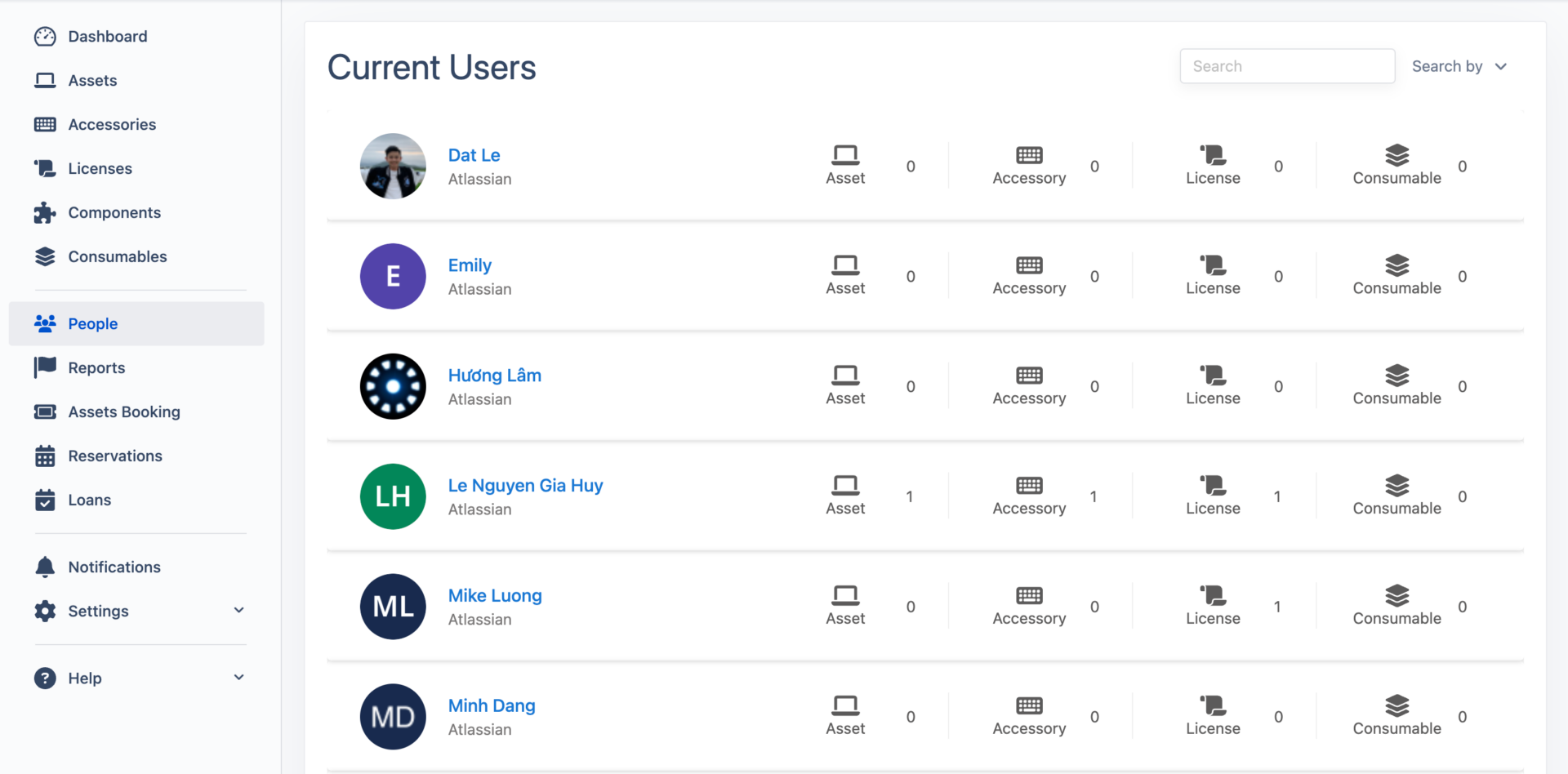
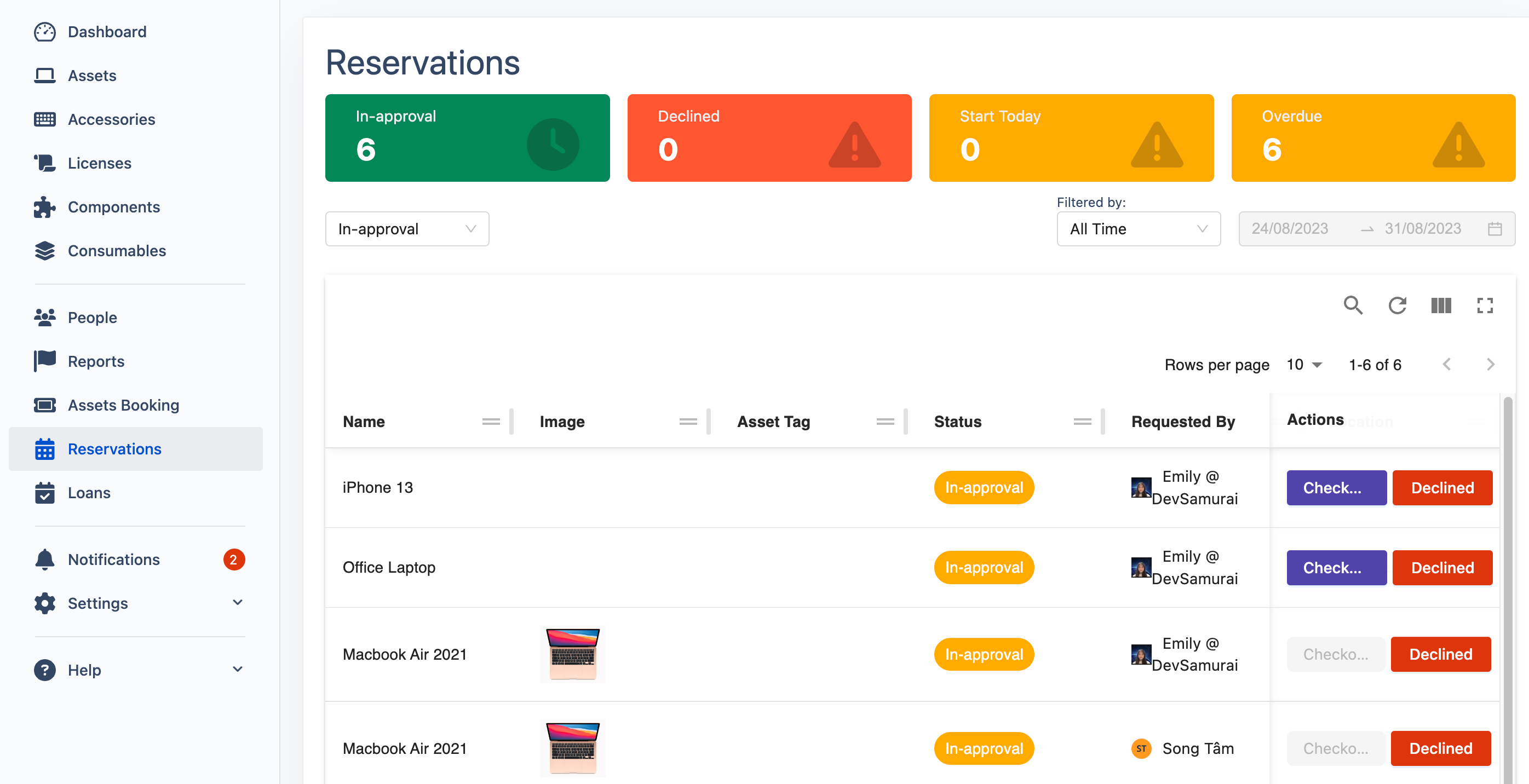
AssetIT is a Jira asset management tool, which is basically integrated with the Jira Atlassian interface. For this reason, to sign up for AssetIT, you just need to create a Jira account as per instructions. After that, access AssetIT on Atlassian Marketplace, hit “Try it free” and there you go, AssetIT will be your sidekick. There are plenty of other ways to download AssetIT and start your Jira asset management, for example, you can go to our website, click “Try it free” or take a look at the AssetIT demo video first to have a proper asset onboarding input.
Conclusion
Dealing with an asset management strategy smartly can make a big difference in business. By understanding how to plan and prioritize assets, you’re on a journey to success. Using real data to decide what’s most important, creating a solid plan, and working together as a team are key steps.
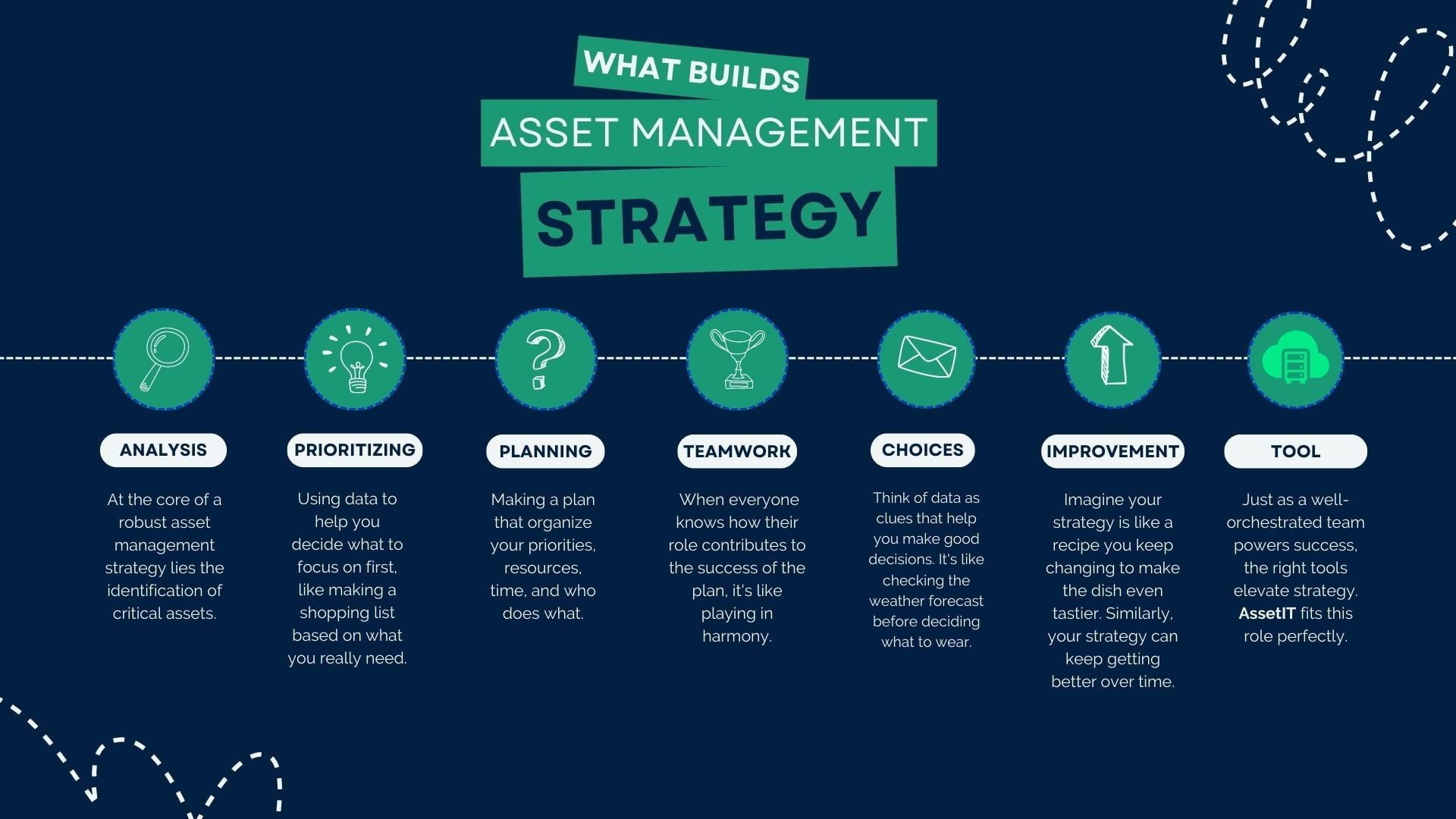
Think of your strategy as a map that guides you. As you follow this map, you’re not just mastering asset management skills – you’re making your business work better. Remember, improving a little every time can lead to big successes in the long run. Your assets are like puzzle pieces, and your strategy puts them together to create a picture of success.
AssetIT isn’t just a tool; it’s your strategic partner in this transformative journey. With AssetIT, your strategy becomes dynamic, data-driven, and poised for success. As you embark on this path, remember that AssetIT isn’t just a tool – it’s the catalyst propelling your business towards excellence. The future of optimized Jira asset management starts with AssetIT. Are you ready to embrace the future?


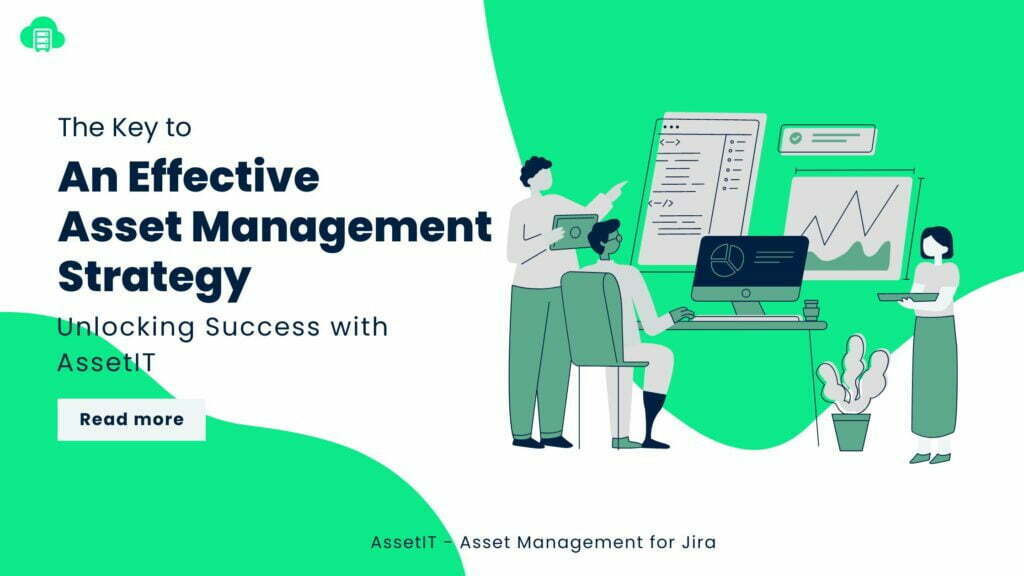



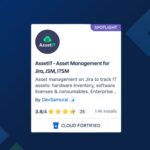






Recent Comments